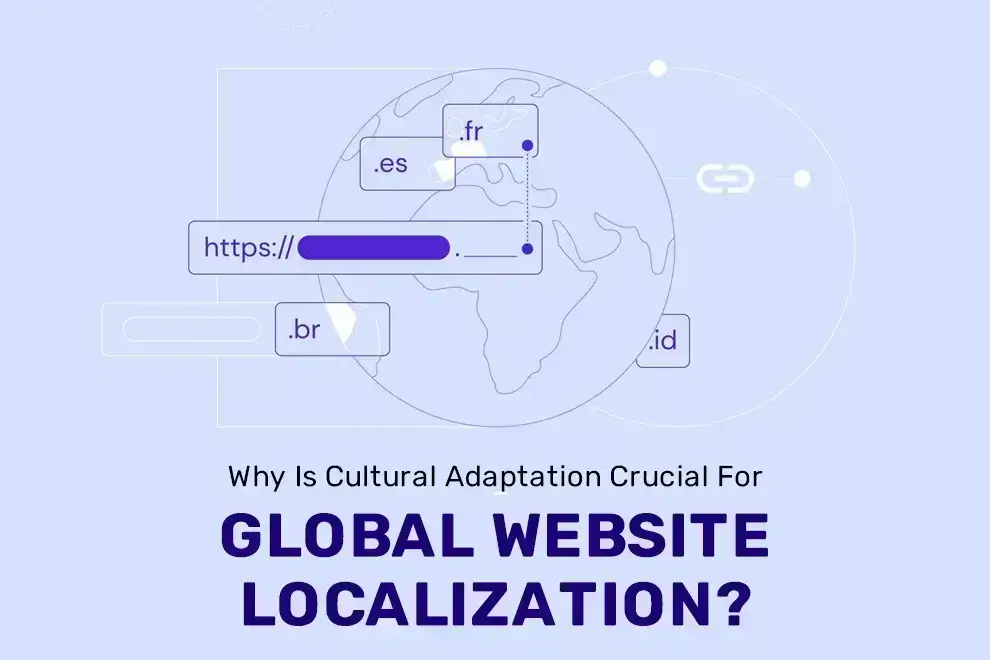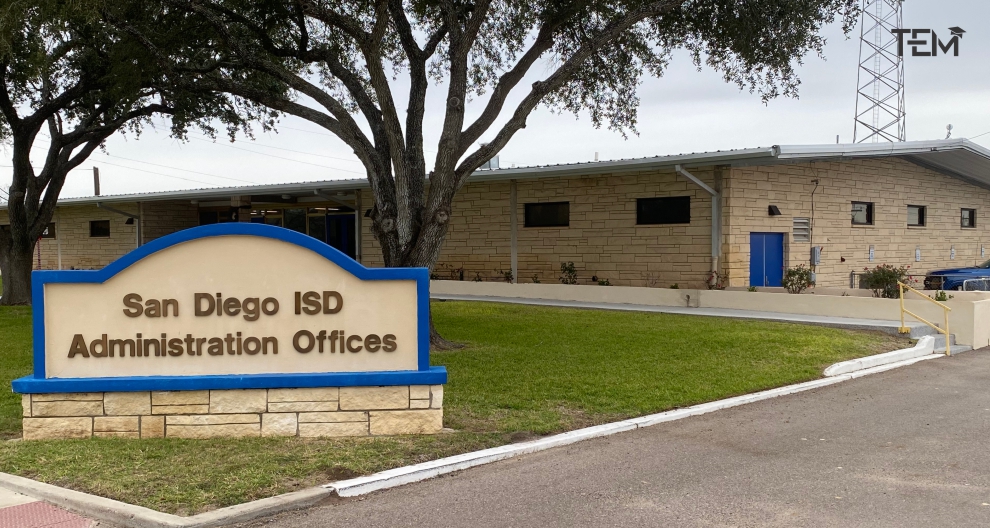When expanding a website to a global audience, one of the most important factors for success is cultural adaptation. Localizing a website goes beyond just translating text; it involves understanding and incorporating the cultural nuances of different regions to create a more engaging user experience. Cultural adaptation plays a vital role in ensuring your website resonates with local users, builds trust, and ultimately drives conversions. In this article, we will explore why cultural adaptation is crucial for global website localization and how it can impact your brand’s success in diverse markets.
What Is Cultural Adaptation in Website Localization?
Cultural adaptation refers to adjusting your website’s content to meet the cultural expectations and preferences of a specific target audience. While translation deals with converting text from one language to another, cultural adaptation takes into account local customs, traditions, idioms, humor, symbols, colors, and overall societal norms. The goal is to make sure that the website not only speaks the local language but also reflects the local culture, making it feel as if it was built specifically for that market.
For example, a website aimed at a Middle Eastern audience may feature different colors, images, and icons than a site targeting Western audiences. Certain colors may have different meanings across cultures; for instance, while white signifies purity in many Western cultures, it can represent mourning in some Eastern cultures. Similarly, the tone and formality of language can vary greatly depending on the region.
Why Is Cultural Adaptation Important for Global Success?
1. Building Trust with Local Audiences
One of the main reasons cultural adaptation is so critical is that it helps build trust with local audiences. When people visit a website, they want to feel understood and comfortable. If the site’s design, content, and language are adapted to reflect the local culture, users are more likely to engage with it and trust the brand. Trust is essential in the digital age, as users are cautious about where they share personal information and make online purchases.
Without cultural adaptation, your website could come across as foreign or out of touch with the local market. This can create a sense of disconnect, causing potential customers to look elsewhere. When a website reflects local customs, it shows respect for the culture, and that respect translates into trust.
2. Enhancing User Experience
The user experience (UX) is one of the most important aspects of website success. A great UX makes it easy for visitors to navigate your site, find what they are looking for, and complete their desired actions. If your website is not culturally adapted, users may find it confusing or difficult to use. They might encounter elements that don’t make sense to them culturally, such as images, payment options, or even layout and design.
For example, in certain cultures, users might prefer to see more detailed information upfront, while in others, they may prefer a minimalist design with easy-to-digest content. By understanding these preferences, you can create a website that feels intuitive and user-friendly, ultimately driving better engagement and conversions.
3. Improving SEO Performance
Search Engine Optimization (SEO) plays a crucial role in driving traffic to your website. However, SEO is not only about using the right keywords—it also involves adapting your content to local search behaviors and preferences. This includes using culturally relevant terms, phrases, and keywords that align with the way people search in specific regions.
For instance, certain words or phrases may have different meanings or usage patterns in different regions. While you might be able to use generic keywords for a global audience, cultural adaptation ensures that your website is optimized for each specific market, leading to better rankings and visibility in local search engines.
4. Increasing Conversion Rates
Ultimately, the goal of website localization is to increase conversions—whether that means more product purchases, sign-ups, or engagement with your content. Cultural adaptation directly influences conversion rates by ensuring that your website is both relevant and persuasive to local audiences.
This could involve changing the call-to-action (CTA) buttons to phrases that resonate better with the target culture, offering payment methods that are popular in the region, or tailoring the tone of the content to match the audience’s expectations. In some countries, humor might work well, while in others, a more formal and professional approach is preferred. Understanding these differences and adapting accordingly can significantly improve your conversion rates.
How Does Transcreation Fit into Cultural Adaptation?
One key element of cultural adaptation is transcreation. While translation focuses on converting text from one language to another, transcreation goes a step further. It involves recreating content in a way that preserves the original message, tone, and intent while adapting it to the local culture. This ensures that the content resonates with the target audience, not just linguistically but also emotionally and culturally.
For example, a marketing slogan that works in one language might fall flat or have unintended meanings when translated literally into another language. In this case, transcreation allows for a more accurate and culturally relevant adaptation that still conveys the same message but in a way that will engage local consumers.
To execute transcreation effectively, many companies turn to specialized transcreation agencies. A transcreation Malaysian agency can help ensure that your content is adapted to local Malaysian cultural norms and language preferences, creating a more authentic experience for your audience in Malaysia.
Key Areas to Focus on When Adapting Your Website Culturally
1. Visual Design and Imagery
Images and colors are one of the first things users notice when visiting a website, and they can have different meanings depending on the culture. For example, while red is considered a lucky color in China, it might be seen as aggressive or warning in other countries. Make sure your visuals align with the cultural context and avoid using imagery that could unintentionally offend or confuse your target market.
2. Language and Tone
The tone of voice you use on your website should match the cultural expectations of your audience. In some regions, formal language might be expected, while in others, a more casual tone may work better. It’s also essential to consider local idioms and expressions, as direct translations may not always convey the same meaning.
3. Payment and Currency Options
When localizing for different markets, you must also adapt your payment methods to the region. For example, certain countries prefer different payment systems or have specific local payment methods that are more popular than credit cards. By offering local payment options, you make it easier for users to complete their transactions, increasing the likelihood of conversion.
4. Legal and Regulatory Requirements
Each country has its own legal and regulatory requirements that businesses must follow, especially when it comes to data privacy and consumer protection. Make sure your website is compliant with local laws, including GDPR in Europe, CCPA in California, or local data protection laws in Malaysia. This will help build trust with your audience and ensure that your website operates legally in each region.
Conclusion
In conclusion, cultural adaptation is not just an optional extra; it is crucial for the success of global website localization. By taking the time to adapt your website to meet local cultural norms, you can enhance user experience, improve SEO performance, increase conversions, and build trust with your global audience. Whether it’s adjusting your visuals, language, or payment methods, cultural adaptation ensures that your website resonates with users in a way that is both meaningful and effective.
For a successful cultural adaptation, partnering with experts such as a transcreation Malaysian agency can be invaluable in ensuring that your content is not only linguistically accurate but culturally relevant and engaging for the local market.











